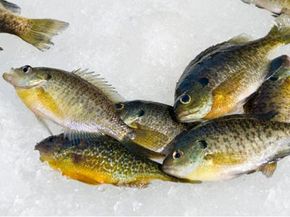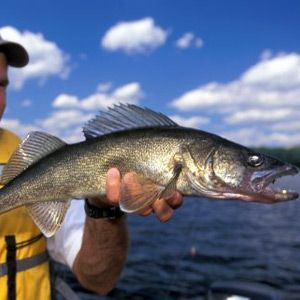Let's put it right out on the table: Cleaning panfish is messy business. But don't let that put you off. There are few meals more sublime than freshly caught panfish -- assuming that fish is small enough to fit in a pan. Perch, crappies, bluegills and sunfish are among the most common and popular panfish.
The fishing community falls into two camps: those who scale panfish and those who don't. Some folks scale the fish, debone them and then prepare them with the skin on. Others simply fillet the fish, negating the need for removing scales. Still others prefer to leave the bones in; they simply scale and gut the fish and cook them. In the end, it comes down to personal preference.
Advertisement
We'll cover all the steps -- removing scales, gutting, deboning and filleting -- so that you can choose the method that works for you.
Something to know before getting started: Fish are delicate, so once they're caught, take care when handling them. Roughness will lead to soft flesh (rather than firm), a strong flavor and that fishy smell everyone wrinkles their nose at.
Advertisement


